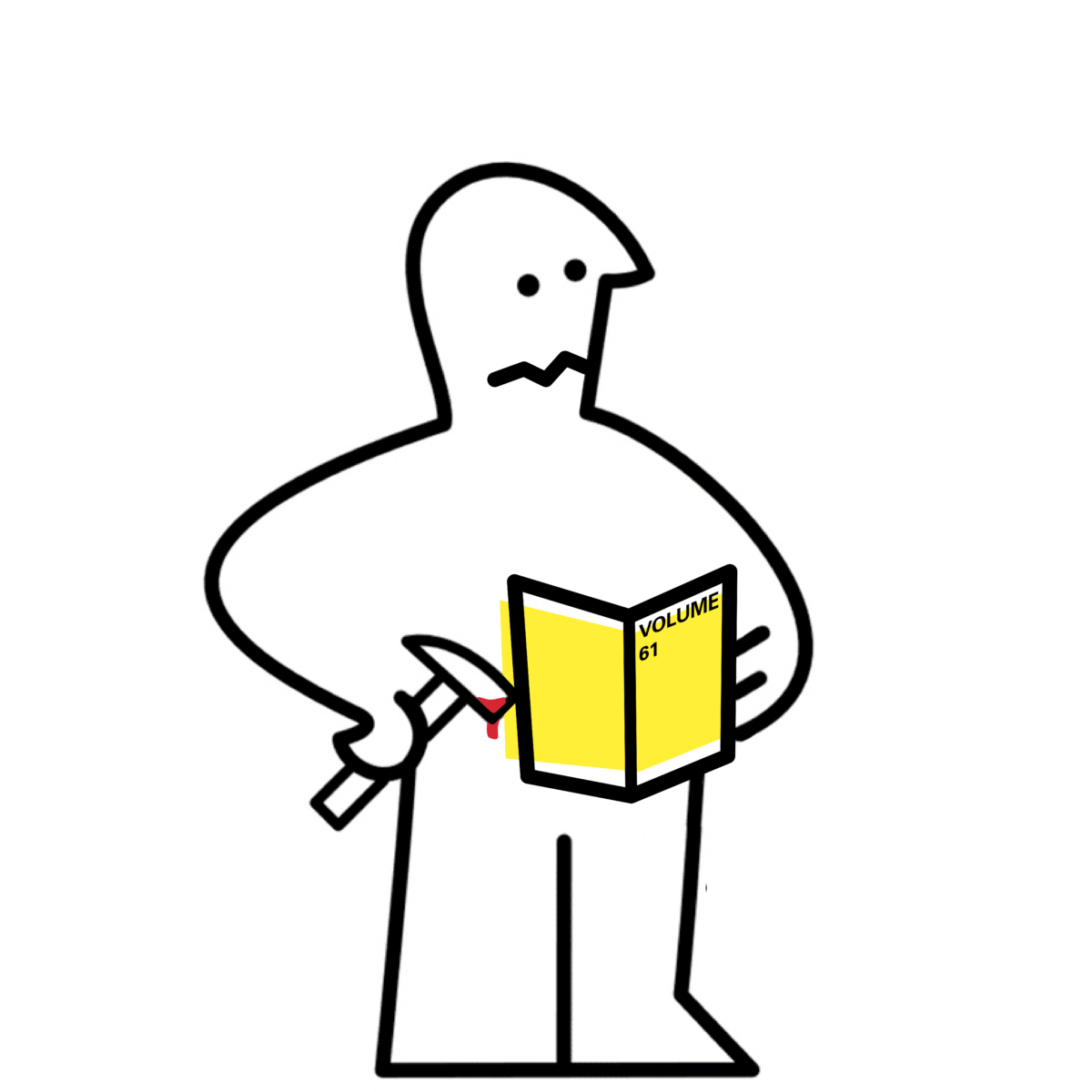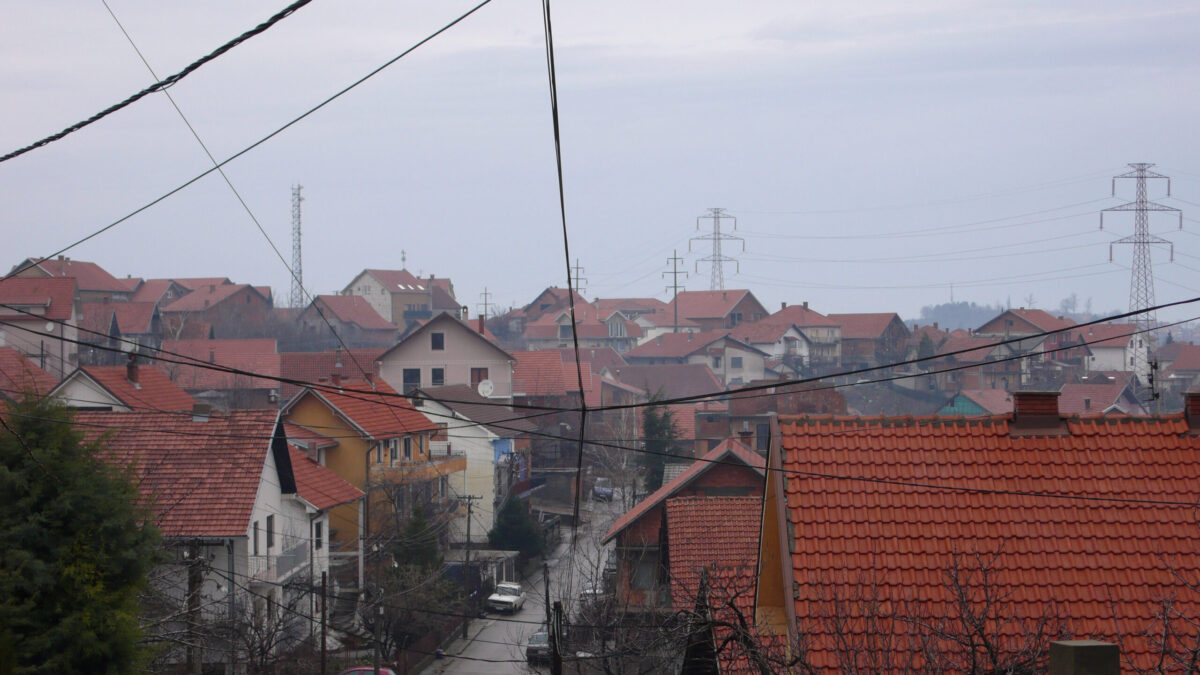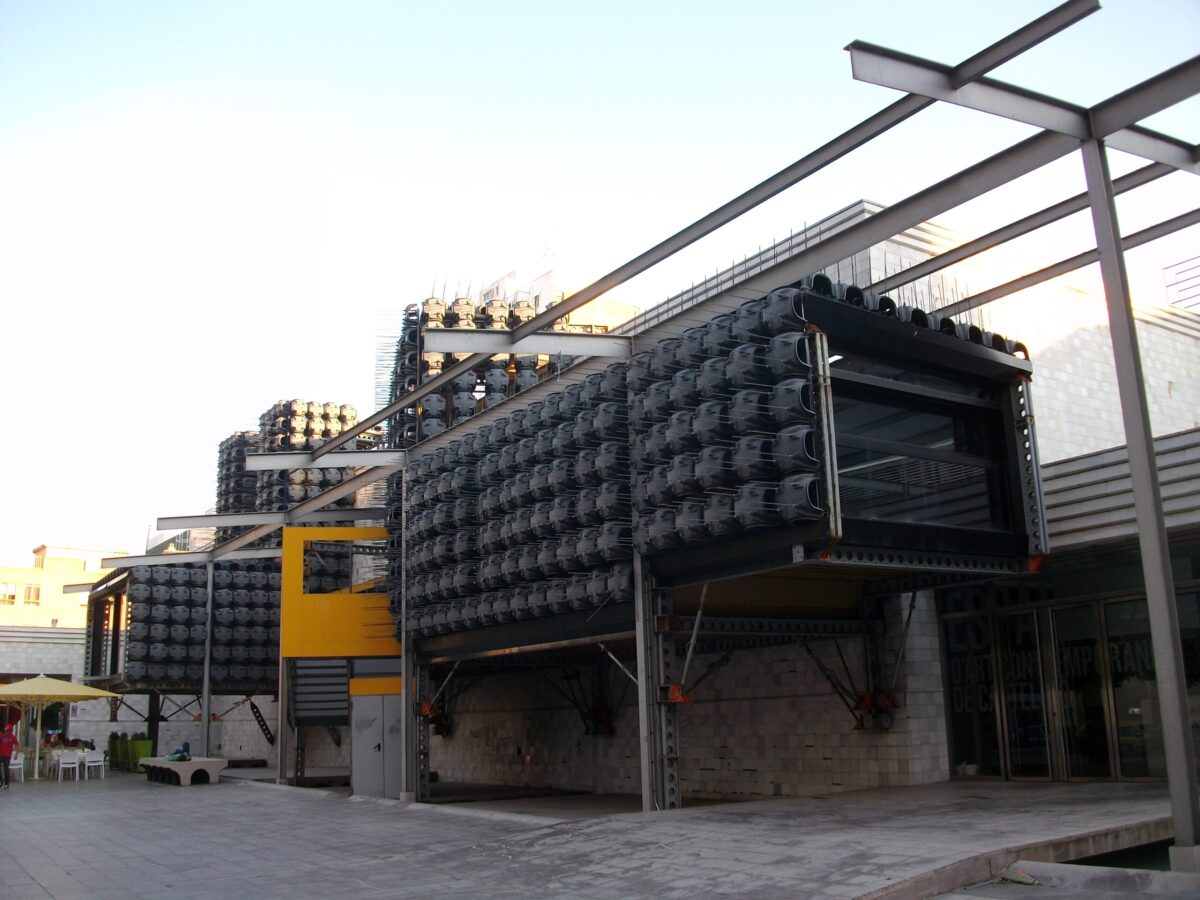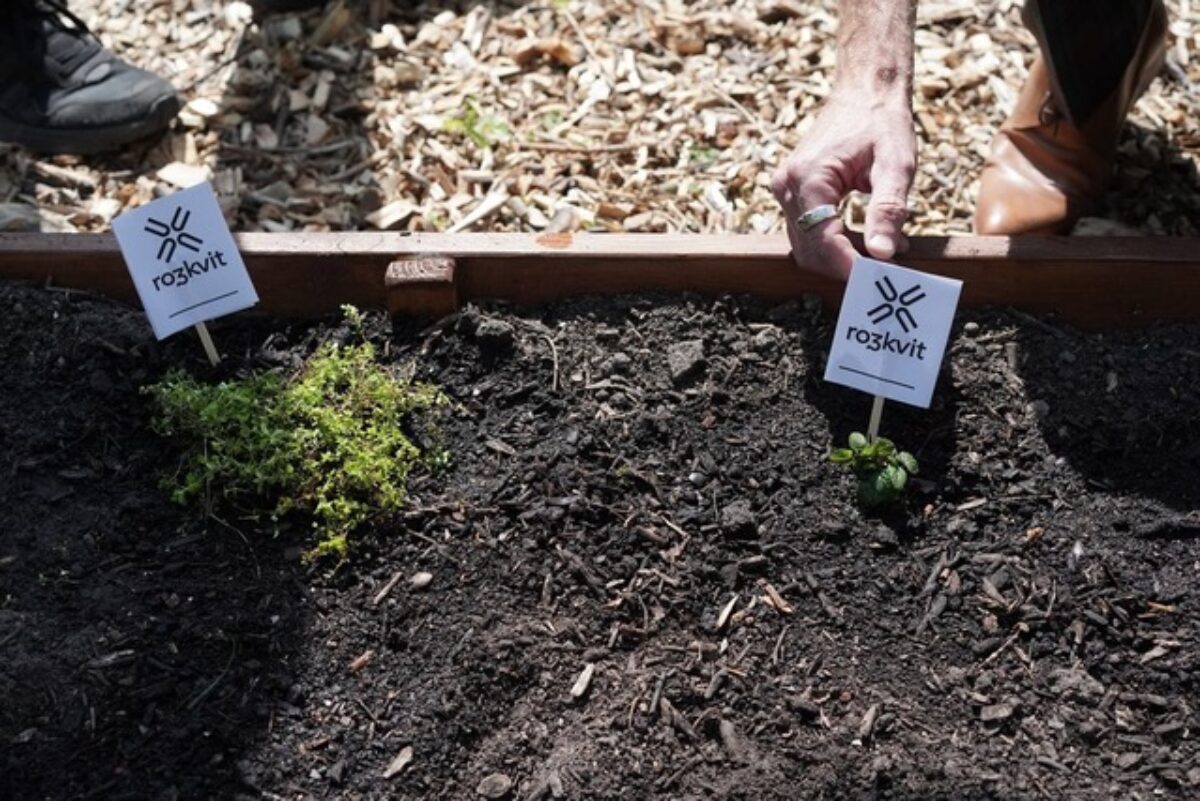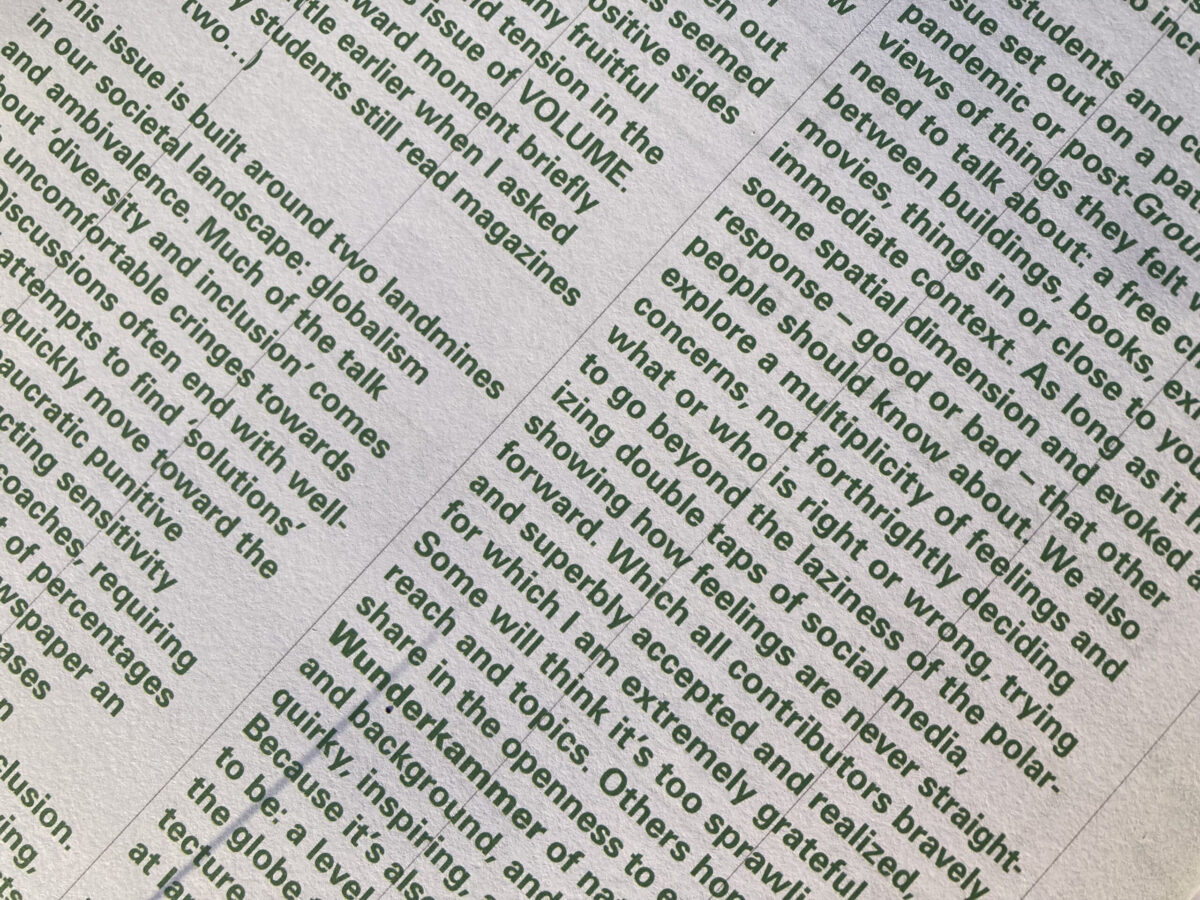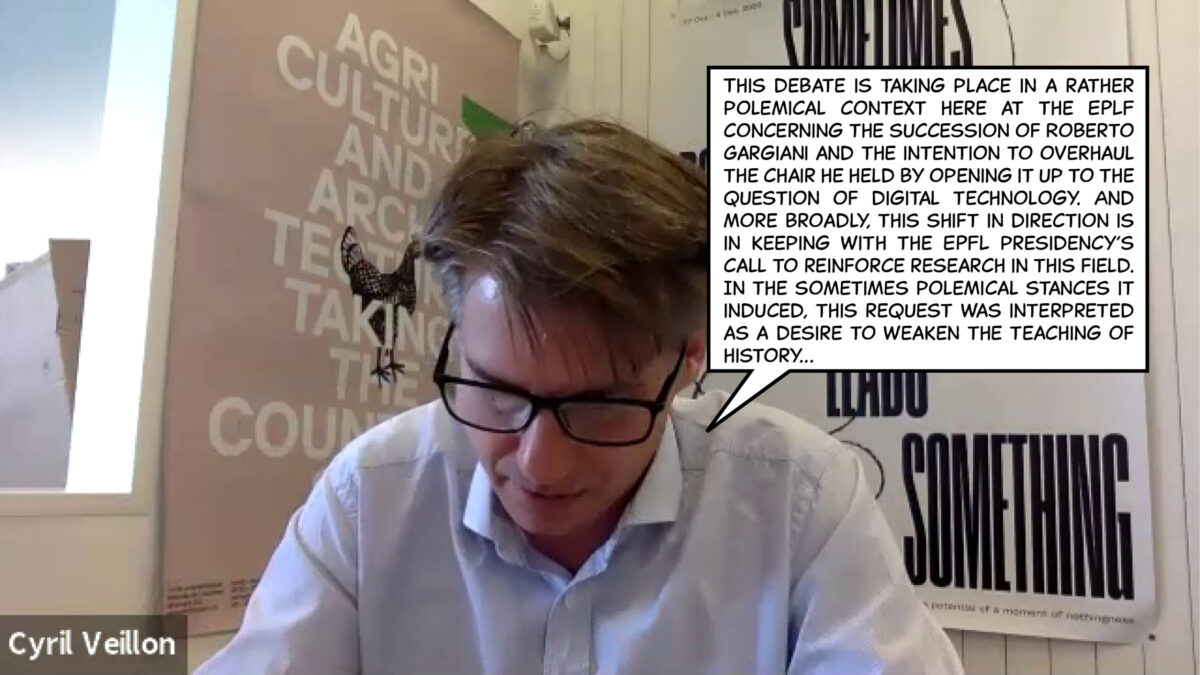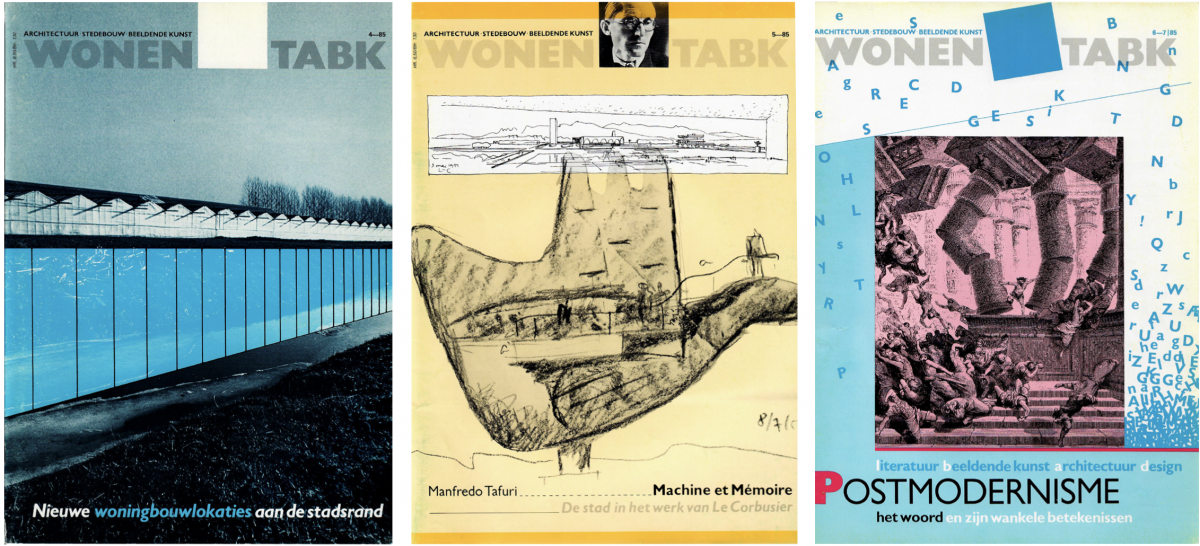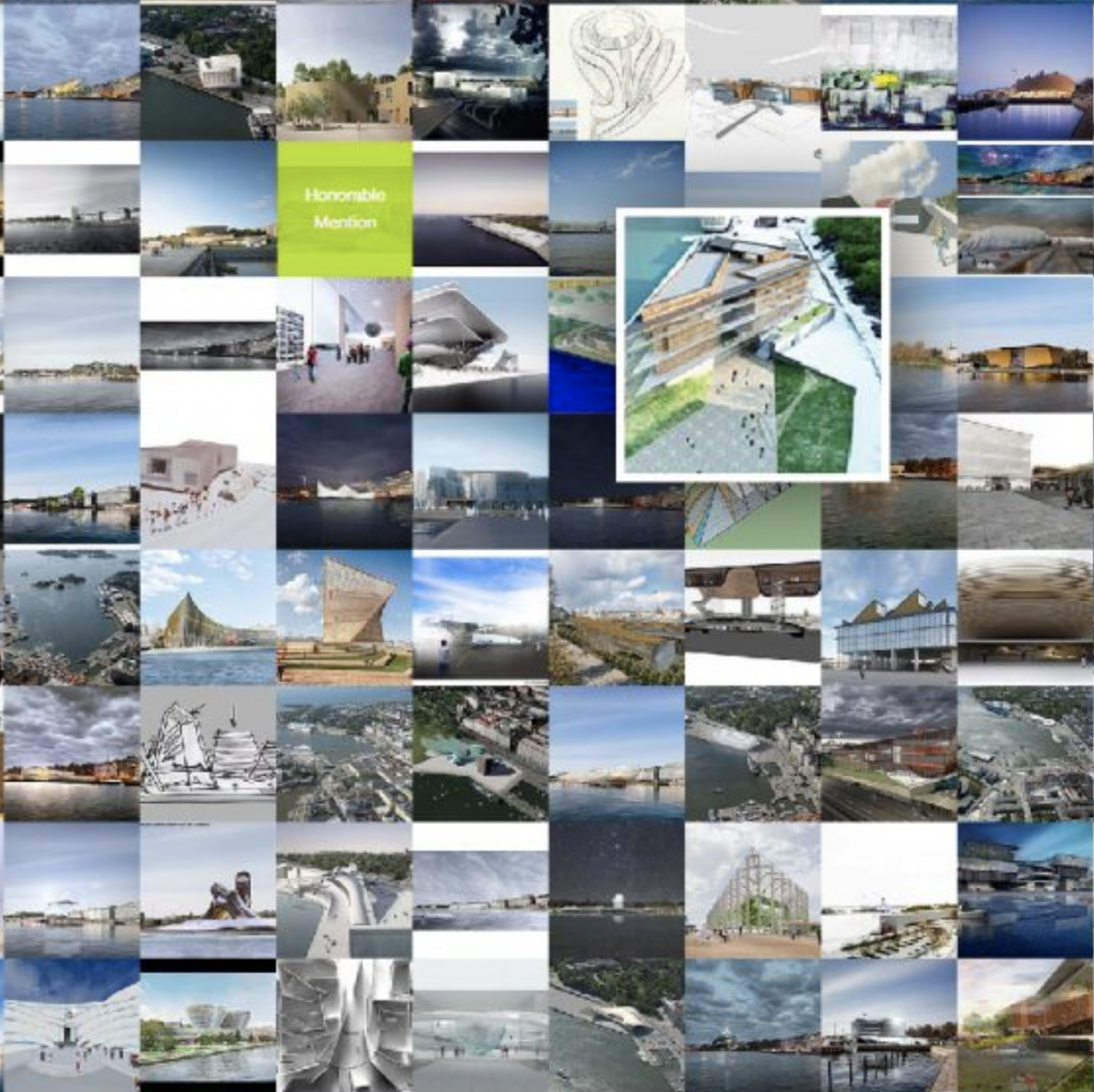With 64 guides spread throughout the 68 pages of the issue, 'The Ultimate Guide to Guides' helps architects and designers to navigate the immediate future of their profession and reflect on the role of guides, manuals and tutorials today.
In its latest plans for renovation of its Rotterdam office located in the iconic Delftse Poort high-rise complex and its head office in Haagse Poort (The Hague), one of The Netherlands largest insurance company’s Nationale Nederlanden opted to radically break with this habit. Not that they will stop changing their interiors every few years anytime soon, but they have come to terms with the fact that this should not damage the environment. They decided to strive for the highest of sustainability ambitions: Zero Waste.
